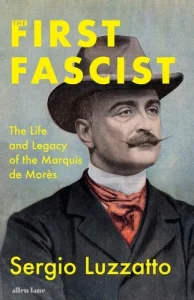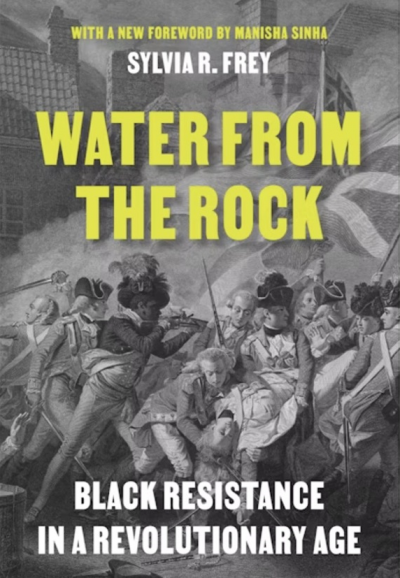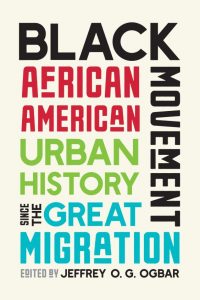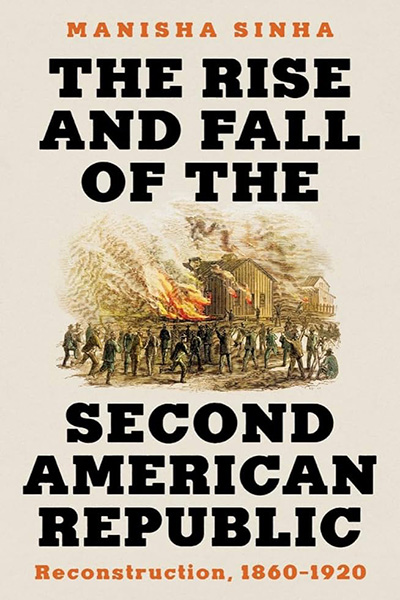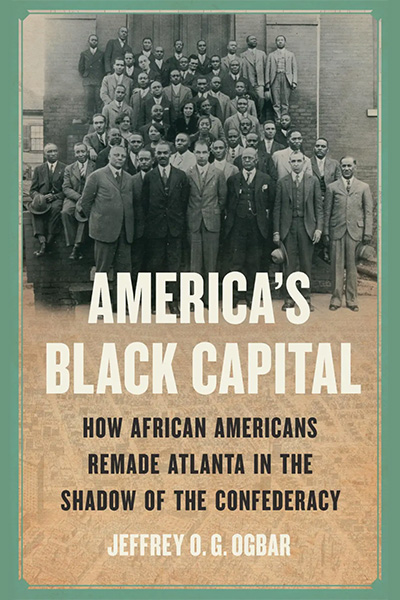Bradley Simpson, Author
In The First Right, Brad Simpson narrates the global history of the idea of self-determination in international politics from the 1940s through the end of the twentieth century. He argues that there was no one version of self-determination, but a century-long contest between contending visions of sovereignty and rights. He shows that self-determination’s meaning has often emerged from the claims of movements and peoples on the margins of international society. Over the course of the 20th Century Pacific Island territories, Indigenous peoples, regional and secessionist movements, and transnational solidarity groups, among others, offered expansive visions of economic, political, and cultural sovereignty ranging far beyond the movement for decolonization with which they are often associated. As they did so, these movements and groups helped to vernacularize self-determination as a language of social justice and rights for people around the world.

